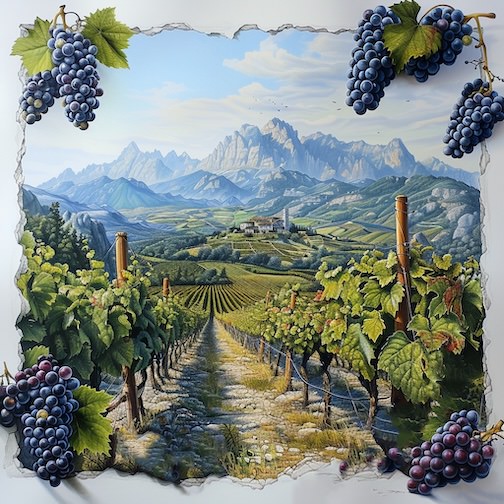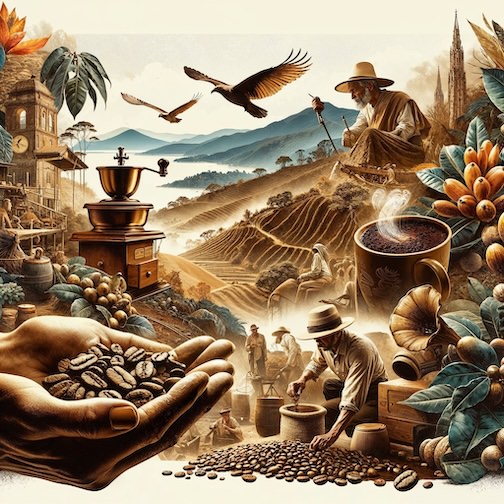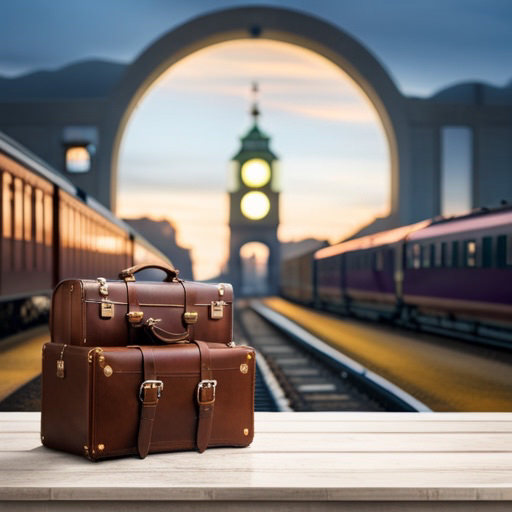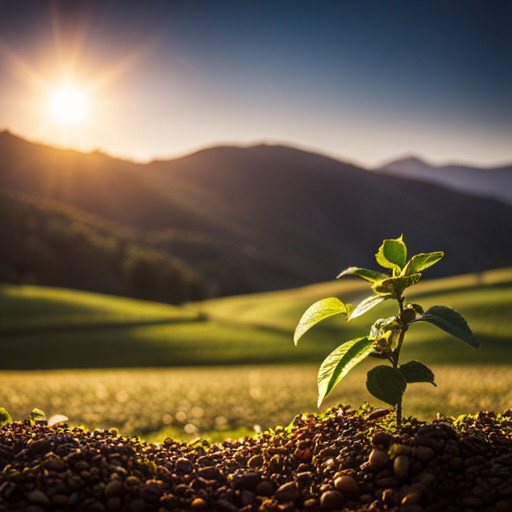Wine aficionados have long celebrated the concept of terroir, a French term that encapsulates the environmental factors — soil, climate, and geography — that give a wine its unique character. However, this principle is not exclusive to the world of viticulture. It extends into the realm of coffee production, influencing the flavor profiles of coffee beans in ways that many enthusiasts are just beginning to appreciate. Like grapes, coffee beans are a reflection of their environment, carrying the essence of their terroir from the farm to your cup, shaping the beverage’s body, acidity, and aromatic profile.
The connection between wine and coffee extends beyond their dependence on terroir. Both beverages are the result of intricate production processes that begin with the cultivation of their respective beans and grapes, and end with the careful crafting of flavors that consumers relish. This shared journey from plant to product underscores the importance of terroir in determining the nuances of flavor that make each batch of wine or coffee unique. The soil’s mineral content, the climate’s warmth and coolness, and the altitude at which the beans are grown all play crucial roles in the development of coffee’s flavor. For instance, beans grown at higher altitudes in regions like Ethiopia, Colombia, and Jamaica are often prized for their crisp acidity and complexity, a testament to the distinctive impact of their terroir.
When tasting coffee, adopting an approach similar to wine tasting can unveil a world of nuanced flavors. Observing the coffee’s aroma, acidity, body, and flavor allows one to appreciate the full spectrum of its sensory profile. A coffee’s aroma might hint at floral, fruity, or earthy notes, while its acidity could range from bright to mellow. The body might vary from light and delicate to rich and full, and the flavors can span a wide range of tasting notes, each hinting at the unique terroir of the coffee’s origin.
The synergies between coffee and wine do not end with their production and tasting. There are creative opportunities for pairing and even combining these beverages. Coffee-infused wines and thoughtful pairings that consider the shared flavor profiles of coffee and wine can lead to delightful culinary experiences. A light-bodied, fruity coffee might complement a vibrant white wine, enhancing the dining or tasting experience through the harmonious blending of flavors.
The concept of terroir is as significant in coffee production as it is in winemaking. It shapes the flavor and character of coffee beans, much like it does for grapes, allowing connoisseurs of both beverages to explore and appreciate the deep connections between the environment and the flavors they enjoy.
By recognizing the influence of terroir on coffee, aficionados can deepen their understanding and enjoyment of their favorite brew, acknowledging the intricate journey from bean to cup that is shaped by the unique conditions of the bean’s origin. This appreciation not only enhances the tasting experience but also fosters a greater respect for the agricultural practices and environmental conditions that contribute to the production of both wine and coffee.
Please note that if you purchase from clicking on the link, some will result in my getting a tiny bit of that sale to help keep this site going. If you enjoy my work, perhaps you would consider donating to my daily cup of coffee, thank you.





